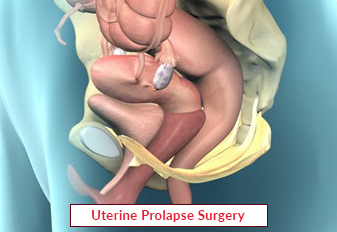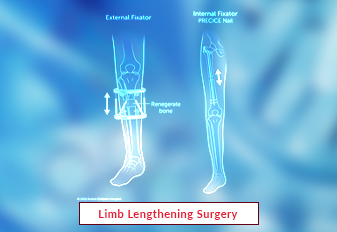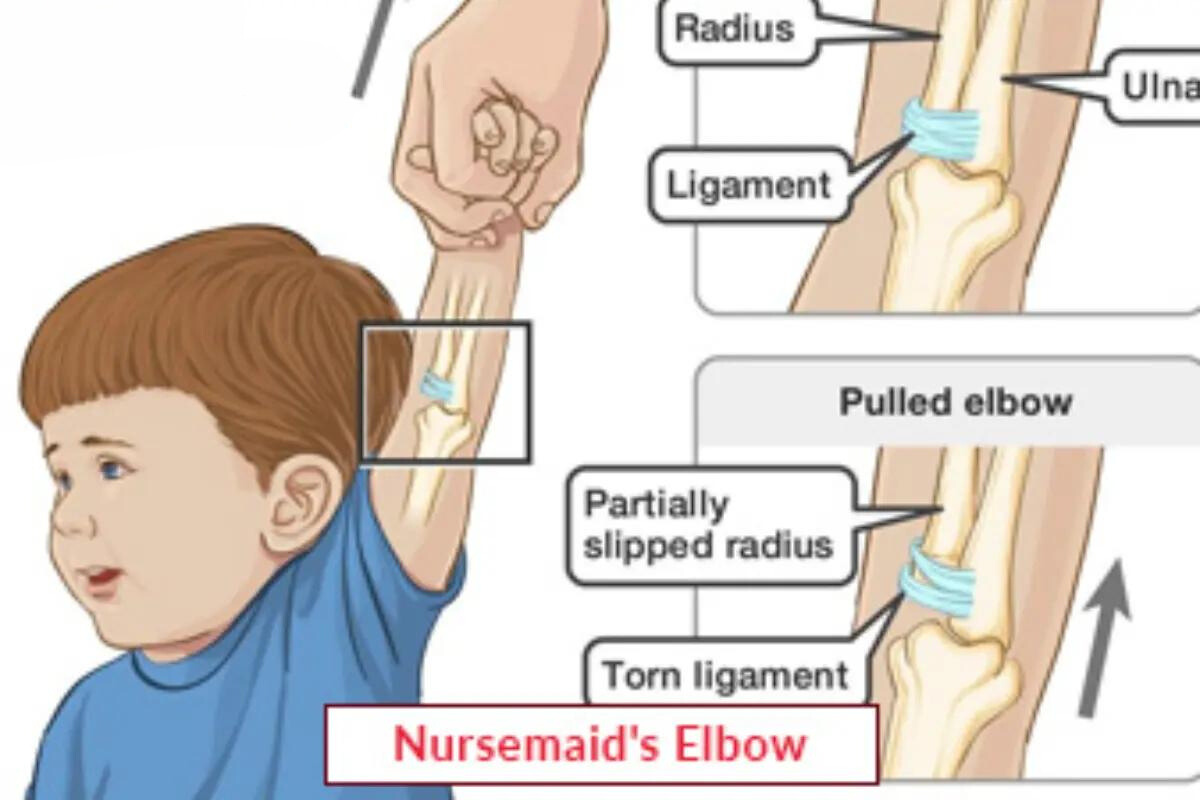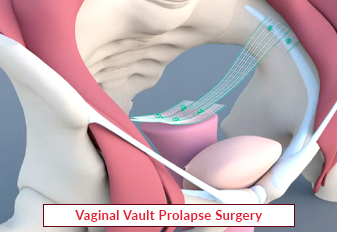Uterine prolapse is a type of pelvic organ prolapse. It is more foreseeable in senior women, especially those who have reached their menopause stage. Connective tissues and ligaments keep the uterus in position. When these tissues stretch beyond their limit and gradually weaken, the uterus can slip down or sag down into the vagina. Doctors recommend uterine prolapse surgery for this problem.
The pelvic floor muscles keep the organs in place and help in different body functions. When these muscles are weakened to a certain level, a prolapse occurs. This results in the pelvic organ sagging or dropping into the vagina. Mild uterine prolapse is not much to bother. All the same, therapy still helps if this condition interferes with day-to-day activities or causes discomfort.
Different Stages of Uterine Prolapse
- Stage I: The uterus descends into the vaginal opening.
- Stage II: The lower portion of the vagina receives the uterus.
- Stage III: The womb is sticking out of the vagina.
- Stage IV: The entire uterus exits the vagina.
Who Needs Uterine Prolapse Surgery?
- One who has had one or more vaginal deliveries.
- Has crossed the age of menopause.
- Has a family history of this illness.
- Have had pelvic surgeries in the past.
Causes of Uterine Prolapse
Some of the factors that can cause the pelvic muscles to weaken:
- Menopause-related loss of muscular tone
- Pregnancy
- Vaginal delivery, particularly if you’ve had a lot of infants or ones that weigh more than nine pounds.
- Being overweight
- Relentless straining or coughing
- Continual constipation
- Heavy lifting that is repeated
Symptoms of Uterine Prolapse
After giving delivery, mild uterine prolapse is normal. The following are signs of moderate to severe uterine prolapse:
- Observing or sensing tissue projecting from the vagina.
- Experiencing a pulling or weight in the pelvis.
- A feeling that your bladder is not empty.
- Incontinence or issues with pee leakage, need to urinate frequently.
- Bowel movement may be a problem, and this may necessitate the use of fingers to press the vagina.
- Problem in putting tampons or other devices into the vagina.
- A feeling of the vaginal tissue grinding against your clothes.
- Pain in the lower back, abdomen, or pelvic area.
- Pain during sex.
- The perception of loose vaginal tissue.
Diagnosis Test for Uterine Prolapse Repair
Healthcare experts may recommend any of the following tests:
- An Ultrasound scan
- Urine test
- Urodynamic study (UDS) test
- A cystoscopy
- MRI or CT scan
Strength tests for pelvic floor repair to assess the strength of the muscles and ligaments that support your:
- Uterus
- Bladder
- Rectum
- Urethra
- Vaginal walls
Risk Factors in Uterine Prolapse Surgery
All operations carry risks. The risks for uterine prolapse surgery are:
- Bleeding that is heavy.
- Blood clots in your legs or lungs.
- Infection
- An adverse reaction to anesthesia.
- Injury to other organs, such as the bladder, ureters, or bowel.
- Chance of prolapse recurring.
- Urinary incontinence
Treatment Options for Uterine Prolapse Treatment
Here are two treatment options for uterine prolapse:
Non surgery
- A Pessary: This is a silicone device that goes inside the vagina. It helps to control bulging tissues. It must be removed and cleaned thoroughly for regular use.
- Self-Care Measures: Certain precautions, when taken, prevent this ill-health from spreading further. Kegel exercises strengthen the pelvic muscles. Also, weight is controlled, and one gets relief from constipation.
Surgery
The doctor can suggest any one of the laparoscopic or vaginal surgery, as the case may be. For uterine prolapse, you may need:
Uterus Removal
It is known as a hysterectomy. A cut is made in the vaginal opening (vaginal hysterectomy) or the abdomen (abdominal hysterectomy). This is a major surgery.
Note: It is a uterus-sparing procedure. Those females wishing to give birth again can opt for this surgery. The womb is put back into its normal position. Uterine suspension is normally preferred; that holds the pelvic ligaments to the lower part of the womb.
Once the hysterectomy is performed, the surgeon and his team then:
- Keep the pelvic floor muscles intact by stitches:
- This will ensure the position of the vagina is not altered and does not cause any problem in the sexual activity.
Close the Vaginal Opening
This process is known as colpocleisis and lets the patient recover fast. This is only an option for the females who no longer need a vaginal canal for sex.
Place Vaginal Surgical Mesh
- The doctor and his team suitably put a mesh to support the tissues of the vagina.
- Prevention
There are techniques to lower your chances of suffering a prolapse. Given below are some lifestyle tips that can minimize your chances of prolapse:
- Regular exercise and an optimum weight keep you fit.
- Kegel exercises strengthen the pelvic floor muscles.
- Smoking prevention lowers the chances of developing a chronic cough. This can put further strain on your pelvic muscles.
- Use proper lifting procedures while transporting large goods.
- Avoid constipation and straining to poop.
Our Other Services
Latest Health Tips
Can Immunotherapy Cure Stage 4 Lung Cancer?
Early Signs of Cervical Cancer
Foods that Kill Cancer: Leafy Vegetables, Grains, & More
What Stage of Cancer is Immunotherapy Used For?
Which is Worse for Cancer, Sugar or Alcohol?
Vaccines That Prevent Cancer
What Kills Cancer Cells in the Body Naturally?
Early Warning Signs of Bone Cancer
Submit Your Enquiry
Testimonials


























